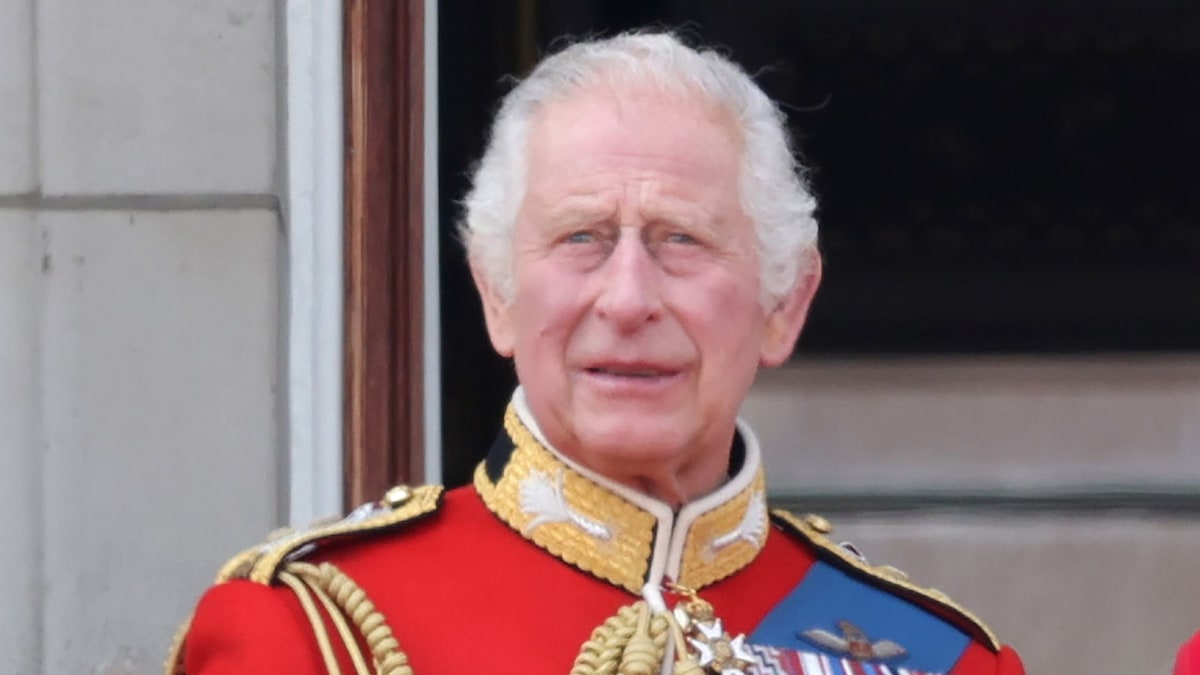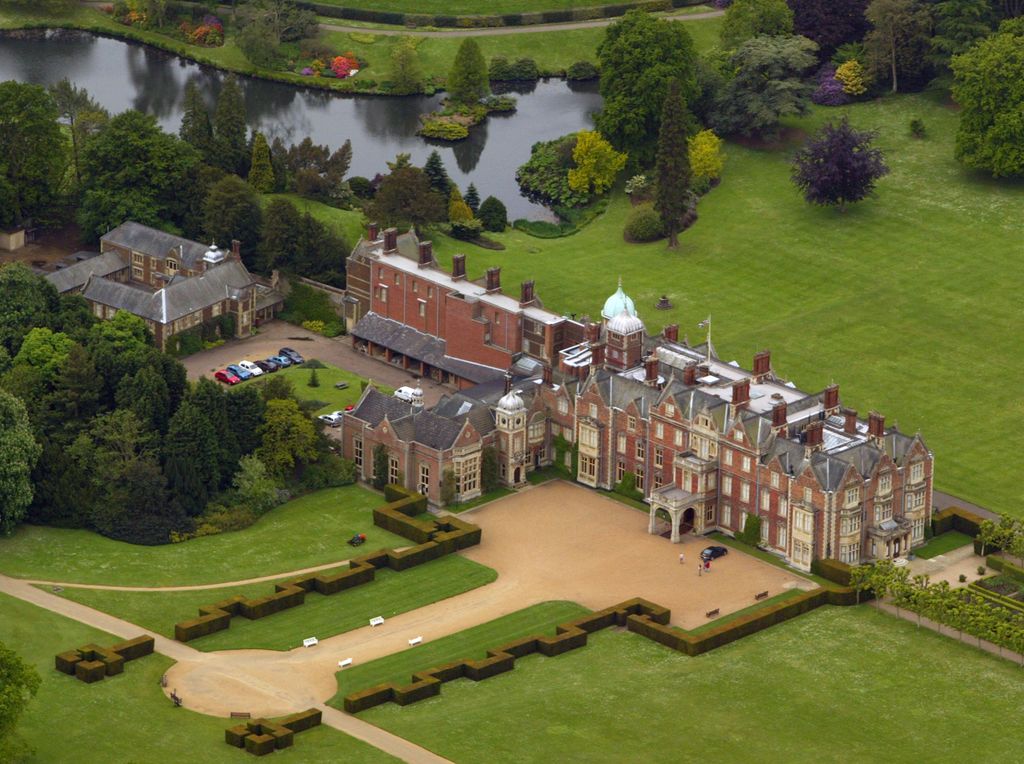Since ascending to the throne, His Majesty King Charles III has made some major changes to how his royal homes operate, including opening more of the estates for public access.
However, the upcoming change that the husband of Queen Camilla is intending to make to his Sandringham Estate might be the most surprising yet.
The father of Prince William and Prince Harry recently submitted plans to the council of King’s Lynn and West Norfolk, outlining his intention to transform 56 hectares of land on the estate, located near the village of Wolferton, into wet grassland to be used for agricultural grazing.
In the application, his plans were outlined, which included creating a series of bunds to and installing a dropboard sluice into one of the existing drainage channels, which would act as a gate system to regulate the water flow and level.
The application document reads: “The bunds are proposed for the purpose of retaining water within the site leading to the creation of wet grassland for agricultural grazing.
“Rewetting of the land will be achieved via the installation of a dropboard sluice into one of the existing drainage channels, which currently direct water from Dersingham Bog away from the site.”
The news comes just one year after King Charles leased a part of the estate to a private company, who intend to restore the estate’s wetlands, meadows and forest over the next 30 years.
King Charles’ sustainable initiatives at Sandringham
King Charles has implemented a variety of conservation and sustainability measures at Sandringham Estate.
The estate’s official website states: “Stewardship is now essential to the estate and we recognise the need to address new challenges that arise regarding climate change, limitations with natural resources and enhanced threats to wildlife diversity and habitats.”
The King’s many initiatives include enforcing entirely organic farming, producing grass-fed meat, removing single-use plastic from the estate’s cafes, and introducing a biomass boiler to heat Sandringham house.
King Charles also submitted a plan to build a solar farm on the estate last year, which would involve installing around 2,000 solar panels across 2.3 hectares of land to provide a combined total of 2.1MW of energy.
Read the full article here








